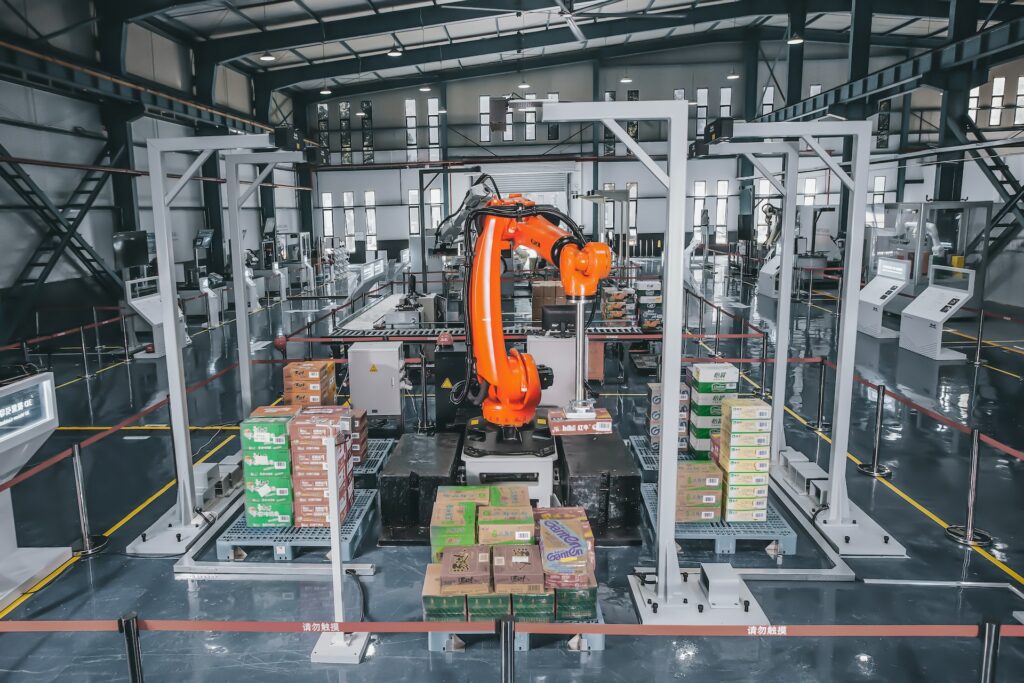Statistical Process Control (SPC) is a necessity for any modern production process. This comprehensive set of techniques can be used to examine data and detect potential issues with the manufacturing process, enabling organizations to create superior products consistently while reducing waste and defects in their output. By utilizing SPC across different industries it has quickly become one of the most reliable resources available when it comes to guaranteeing that customers receive quality outcomes every time. Employing this tool allows manufacturers to not only improve product/service excellence but also cut costs associated with low-grade goods or services.

What is Statistical Process Control?
With Statistical Process Control (SPC), manufacturers can assess their data and discover possible issues with a manufacturing process while simultaneously boosting the quality and output of production. Its ultimate purpose is to guarantee that the process remains consistent in delivering superior products, as well as pinpointing and fixing any arising problems. By leveraging SPC, you will maximize your chances of achieving success exponentially!
One of the primary benefits of SPC is that it can help to prevent defects from occurring in the first place. By identifying potential problems early on in the manufacturing process, SPC allows manufacturers to take corrective action before products are shipped to customers. This helps to ensure that products are of the highest quality, and it also reduces the costs associated with reworking or repairing defective products.
Another benefit of SPC is that it can help to improve the efficiency of a manufacturing process. By identifying areas where improvements can be made, SPC allows manufacturers to make changes that result in increased productivity and reduced costs. In addition, SPC can help manufacturers to optimize their production processes so that they produce high-quality products as quickly and efficiently as possible.

How SPC Can Help Improve The Quality And Efficiency Of Production Processes
Statistical process control (SPC) is a helpful methodology to evaluate data and recognize potential difficulties with a production system. Its objective? To perpetually guarantee the manufacturing of top-notch products, as well as immediately detect any issues that may arise during the process. Thanks to SPC’s utilization, companies can significantly enhance their product quality and efficiency all at once.
One of the many perks from adopting a Statistical Process Control approach is that it enables manufacturers to identify issues early on and avert them from escalating into severe problems. This not only saves time but also money, as rectifying these after production can be costly.
Through SPC, manufacturers gain the capability to amplify their production processes. By identifying which steps cause instability or inaccuracies within the process, they can modify and customize it so that it is more dependable and efficient as a whole.

Case Studies Of How SPC Has Been Used Successfully In Manufacturing Plants
Case studies of how SPC has been used successfully in different manufacturing plants are as follows:
1) With the utilization of Statistical Process Control (SPC), a small engine manufacturer was able to drastically enhance its product quality and homogeneity. After pinpointing weaknesses in its production system and making adjustments accordingly, this company managed to reduce the defect rate by 25%.
2) By utilizing SPC, a car manufacturer significantly improved the precision of its production line. By recognizing and remedying issues with alignment, tolerances, and measurements – the company was able to reduce repair costs by an impressive 20%.
3) Utilizing the power of Statistical Process Control (SPC), a renowned electronics manufacturer identified and remedied issues with their materials and components that were leading to imperfections in the final product. By implementing SPC, they managed to decrease customer returns by an astonishing 33%. This was made possible through improved product quality control achieved as a result of using SPC.
4) Harnessing the power of SPC, a manufacturer of automotive parts successfully boosted their production yield from 60% to an impressive 95%. By pinpointing and resolving existing issues in their process, they were able to quickly achieve greater efficiency.
5) The manufacturer of medical devices utilized SPC to enhance their product’s precision. Upon recognizing and adjusting production process flaws, the company was successful in improving accuracy from +/- 5% to an impressive +/- 1%.

How To Get Started With SPC If You Are A Manufacturer
If you are a manufacturer, here are some tips on how to get started with SPC:
1. Understand What SPC Is And What It Can Do For Your Business.
Statistical Process Control (SPC) is a set of techniques used to analyze data and identify potential issues in your manufacturing process. The goal of SPC is to ensure that the process produces quality products consistently and to identify and correct any problems that may occur. By using SPC, manufacturers can improve the quality and efficiency of their production processes which leads to enhanced customer satisfaction.
2. Familiarize Yourself With The Different Types Of Charts And Graphs That Are Used In SPC.
These include control charts, run charts, histograms, Pareto diagrams, and scatter plots. Each of these tools has a different purpose and can be used to identify different types of problems with a process. Control charts are the most commonly used tool in SPC as they show trends over time in the data and help you determine if variables are out of range or statistically significant. Run charts are another important chart type that allows you to look at changes in your process over time. Histograms show the distribution of data across certain intervals while Pareto diagrams give you insight into what factors might be causing defects or other quality issues. Finally, scatter plots allow you to explore relationships between two variables and can help you find correlations between them.
3. Choose The Right Tools For Your Business And Learn How To Use Them Effectively.
The right tools for your business will depend on the specific needs of your company. It is important to select tools that are appropriate for the type of data you are working with and to learn how to use them effectively. With the right tools and knowledge, you can improve the quality and efficiency of your manufacturing process using statistical process control.
4. Collect Data From Your Manufacturing Process And Analyze It Using SPC Tools.
This will help you identify any problems or flaws in the process, and allow you to make changes that can improve product quality and efficiency. With SPC tools, you can compare what is expected from the data with what is happening on the production line. This helps determine if any issues need to be addressed.
5. Use The Data To Identify Potential Problems And Correct Them Accordingly.
SPC utilizes a set of techniques that analyze data from manufacturing processes to identify any potential problems. By using these techniques, manufacturers can detect issues before they become costly problems and take corrective action accordingly. Furthermore, by regularly tracking data through SPC, companies can quickly identify trends and respond appropriately when issues arise.

Conclusion
If you are striving to take your manufacturing process up a notch, try out Statistical Process Control. By identifying and rectifying problems with production processes, companies can reduce errors, boost yields and increase precision. In conclusion, SPC is an invaluable tool for enhancing the quality and effectiveness of manufacturing procedures – don’t miss out on its incredible potential!




